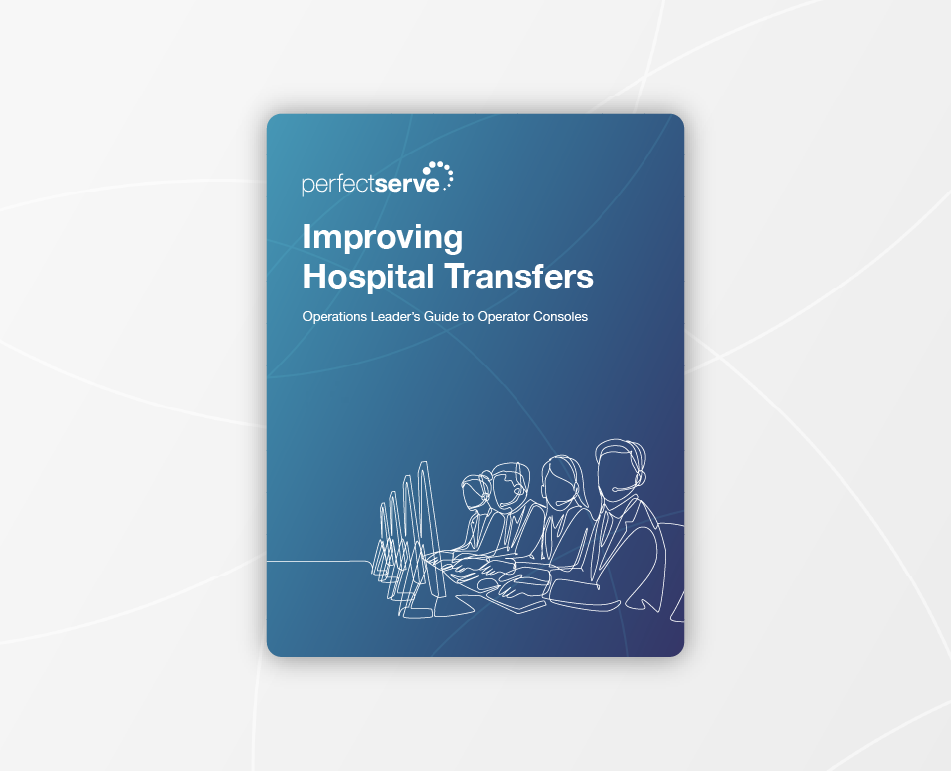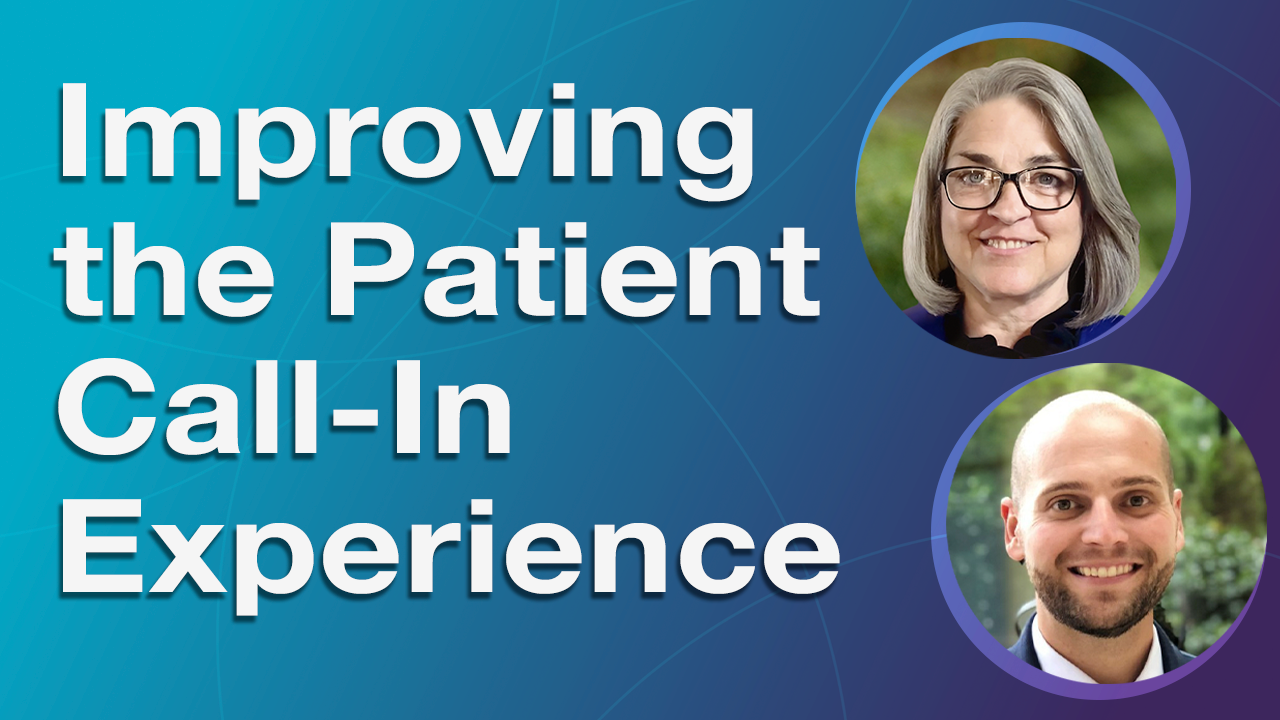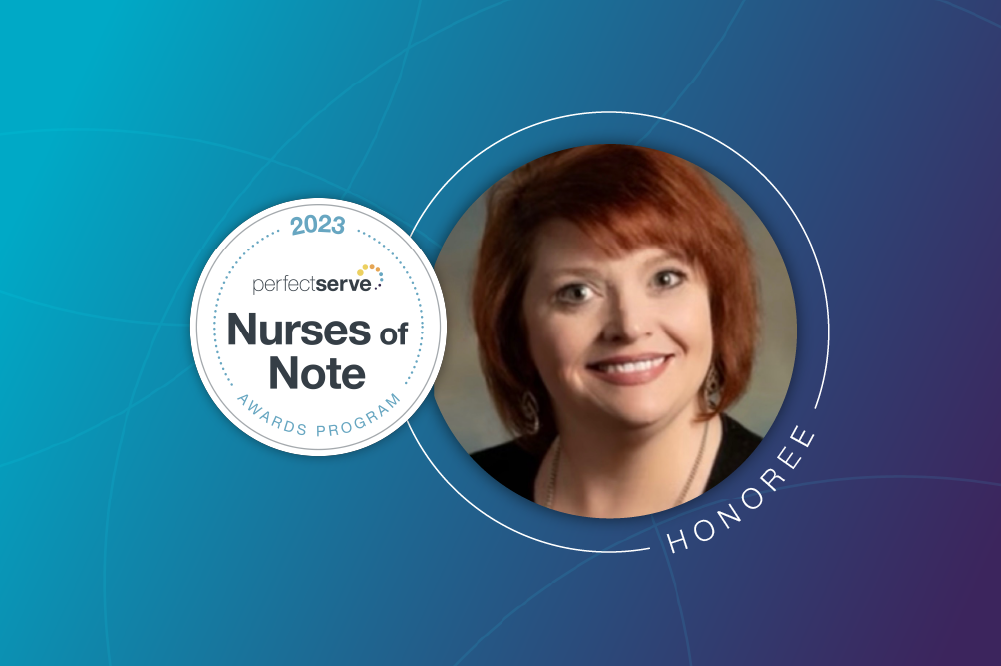The Role of Patient Engagement in Remote Patient Monitoring
TABLE OF CONTENTS
What is Remote Patient Monitoring?
Remote patient monitoring (RPM) allows healthcare providers to monitor patients outside of the clinical setting. Particularly important for the management of chronic diseases, RPM is helping improve patient outcomes and reduce healthcare delivery costs. If physicians and healthcare providers treat patients with remote telehealth solutions, it increases patient engagement by letting them know their healthcare provider cares about their medical needs. While there are several options for remote patient monitoring systems and devices, choosing the right one for your patients should be simple and hassle-free.
Example of a remote patient visit and follow-up:




Why Patient Monitoring is Critical
It is important to remember that patient monitoring is essential, especially when it comes to combating chronic diseases. More than 40% of all the adults in the US (roughly 157 million people) suffer from at least one chronic health issue such as diabetes or asthma, and almost a quarter (81 million) live with multiple chronic conditions.1 By 2024, 30 million patients will be using remote patient monitoring solutions to address their symptoms and follow-up care.2
One of the best ways to treat chronic conditions is with regular and consistent treatment. However, the average American struggles with care plan adherence. Roughly half of all-American patients do not take their medication as intended; one out of five prescriptions are never actually filled. Medication non-adherence is estimated to cause 125,000 deaths per year. Poor medication adherence results in 33-69% of medication-related hospital admissions, with medication non-adherence costing the industry as much as $300 billion in direct and indirect costs every year.3
In 2019, the Medicare fee schedule attached reimbursement to general physiological remote monitoring of chronic conditions. This new schedule recognizes the value of patient-reported outcomes and RPM in improving health outcomes and reducing healthcare costs. According to KLAS Research, one-fourth of healthcare organizations say RPM reduces emergency visits and readmissions.4 Further, 13% of organizations report RPM improves medication compliance, 17% cite quantified cost reductions, and 25% report greater patient satisfaction.5
To effectively treat chronic illnesses, patients must adhere to a strict treatment regimen: taking their medications as prescribed and regularly attending follow-up appointments. As well as being a waste of clinical resources, a patient’s failure to attend their scheduled appointments (no-shows) often can be an early warning sign of care plan non-adherence. With the CARES Act and health-related legislation impacting how providers get reimbursed, increasing patient engagement methods will continue to impact healthcare revenue streams. See the research and results on how using patient texting solutions are making a difference in health systems.
Text-First Approach to Patient Monitoring
Using cancer clinics as an example, many implementations of RPM and patient-reported outcome systems are tied to in-clinic appointments or discharge, but not all include routine outreach.6 In other instances, self-reporting RPM systems may be cost-prohibitive or lack integration with the hospital infrastructure required to support clinical workflow.
Healthcare organizations can leverage text messaging to collect data for remote patient monitoring and gather patient reported outcomes with simple surveys. Healthcare organizations can text a link to a secure web survey to assess wellness, pain levels, specific measures (e.g. blood glucose levels), or potential medication side effects.
Other clinical communication modalities are not as effective or efficient. Only 20% of emails are opened. Patient calls from the clinical staff have a very high administrative cost. In comparison, text messaging is extremely quick to administer and 90% of messages are read within 3 minutes of being sent.7
PerfectServe Patient Engagement can automate the collection of RPM data and other patient-reported outcomes. Survey responses that pass a predefined threshold are automatically escalated to expedite early intervention. All messages support two-way text messaging with healthcare professionals and the option to invite patients into an encrypted channel for secure chat. PerfectServe customers report:
- 70% ongoing response rate for patient health status
- 0.9 point reduction in A1C
- 12.6% reduction in no-show rate
- 32% reduction in readmissions
Empowering patients to participate in remote monitoring activities improves patient care plan adherence and patient satisfaction alike. The net result improves outcomes and reduces costs. Find out if using PerfectServe can help you improve your patient engagement outcomes.
Resources:
1https://www.nationalhealthcouncil.org/sites/default/files/AboutChronicDisease.pdf
2https://www.insiderintelligence.com/insights/remote-patient-monitoring-industry-explained/
3https://www.ncbi.nlm.nih.gov/pmc/articles/PMC3234383/
4https://www.healthcaredive.com/news/remote-patient-monitoring-cuts-hospital-admissions-er-visits-report-finds/539073/
5https://www.healthcaredive.com/news/remote-patient-monitoring-cuts-hospital-admissions-er-visits-report-finds/539073/
6https://www.curetoday.com/publications/cure/2019/spring-2019/patient-heal-thyself-those-who-self-report-symptoms-may-live-longer
7https://www.voicesage.com/blog/sms-compared-to-email-infograph/




